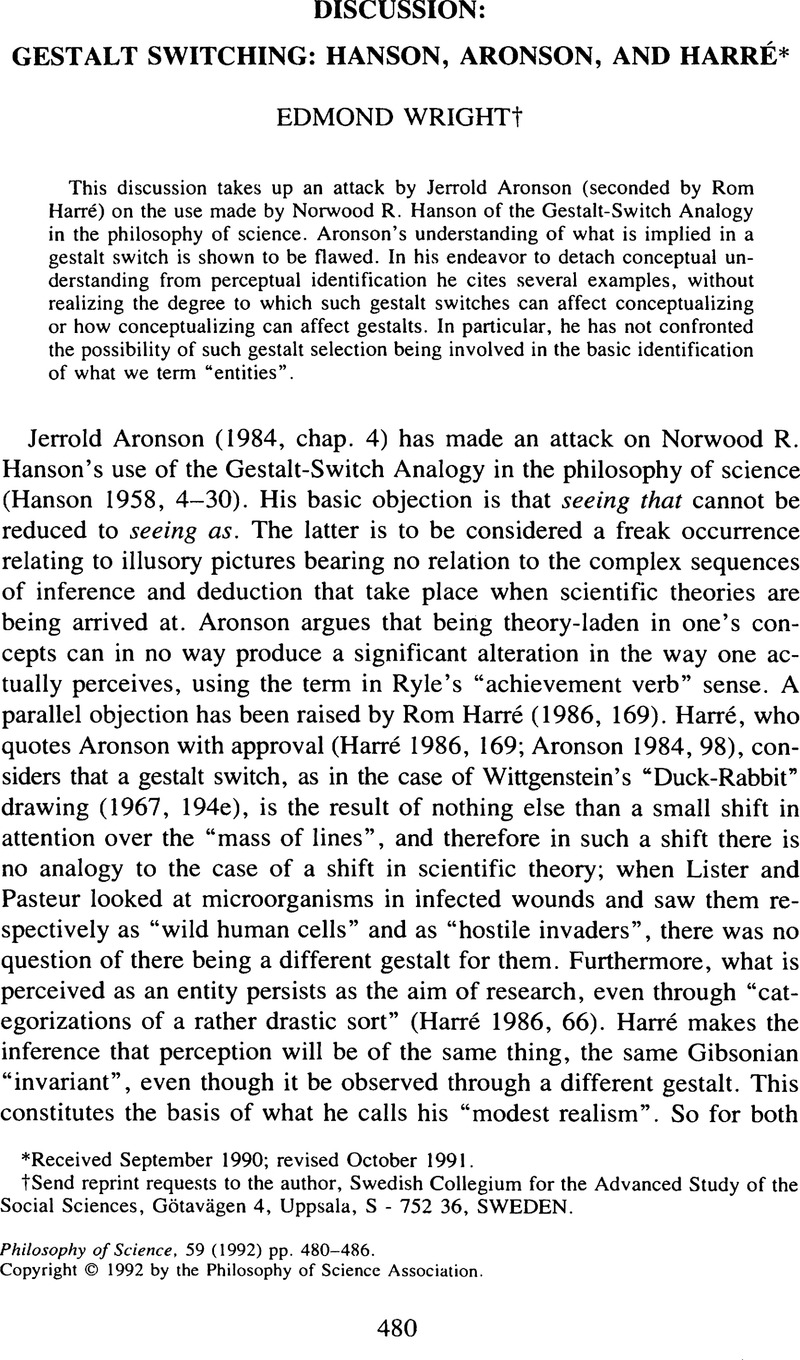Crossref Citations
This article has been cited by the following publications. This list is generated based on data provided by Crossref.
Wright, Edmond
1993.
More qualia trouble for functionalism: The Smythies TV-hood analogy.
Synthese,
Vol. 97,
Issue. 3,
p.
365.
Arvidson, P. Sven
2013.
Restructuring Attentionality and Intentionality.
Human Studies,
Vol. 36,
Issue. 2,
p.
199.
Chater, Nick
and
Loewenstein, George
2016.
The under-appreciated drive for sense-making.
Journal of Economic Behavior & Organization,
Vol. 126,
Issue. ,
p.
137.



